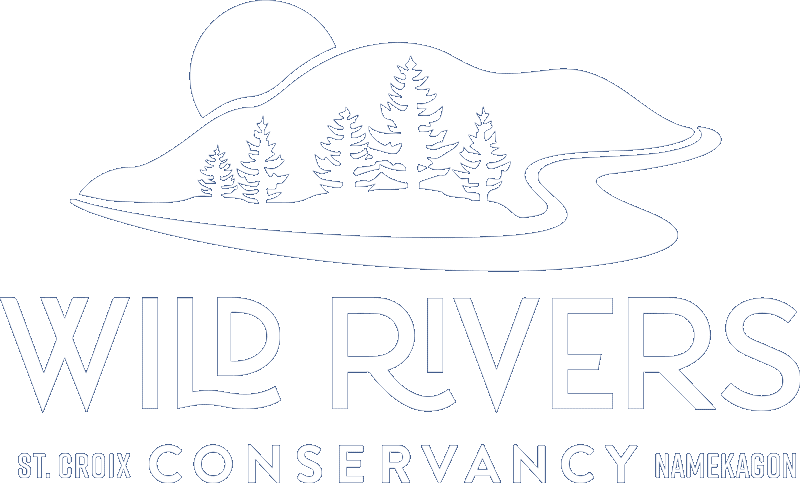Part 1: Introduction
Join Ranger Sierra as she goes into the weeds to learn more about native and invasive species. In this series of videos, we will learn what invasive species are and why we are worried about them. More importantly, we’ll also talk about how you can help prevent the spread of invasive species that threaten the St. Croix River National Scenic Riverway.
After watching the videos, you can dig deeper and apply what you have learned with our activity sheets and additional activity ideas at the bottom of this page.
Part 2: Scavenger Hunt
Join NPS Ranger Sierra and Wild Rivers Conservancy Naturalist Jeremiah on a scavenger hunt hike to help us find and identify both the native and invasive species at Standing Cedars State Natural Area. If we keep our eyes and ears open, who knows what we might find! Print out your scavenger hunt sheet, and join us on our hike.
After watching this video, you may want to take your scavenger hunt sheet outside to see if you can find any native or invasive species in your neighborhood. You could even make your own scavenger hunt sheet of plants and animals that you think you will find in your area.
An audio described version of this video can be found here: https://youtu.be/A-LvUcta7gI
Part 3: Aquatic Invasive Species ID River Adventure
Join Wild Rivers Conservancy’s Invasive Species Coordinator Katie and Naturalist Jeremiah on a kayak adventure on the Apple River in search of aquatic invasive species (AIS). Learn about some common aquatic invaders, how to identify them, and how they harm our natural resources.
After watching, put your knowledge to the test with this AIS activity packet!
Part 4: Conclusion
Naturalist Jeremiah wants to thank you for helping us find several invasive species such as buckthorn, butter and eggs, wild carrot, curly-leaf pondweed, and rusty crayfish! Even though we don’t like seeing these invasive species in our watershed, it’s important to know what they look like and how we can help to prevent their spread.
Remember to brush all the seeds off your boots and clothes before and after a hike. It’s also important to always clean, drain, and dry your boat after every use. We hope you enjoyed learning with us and that you check out another set of videos or sign up for a live virtual program!
